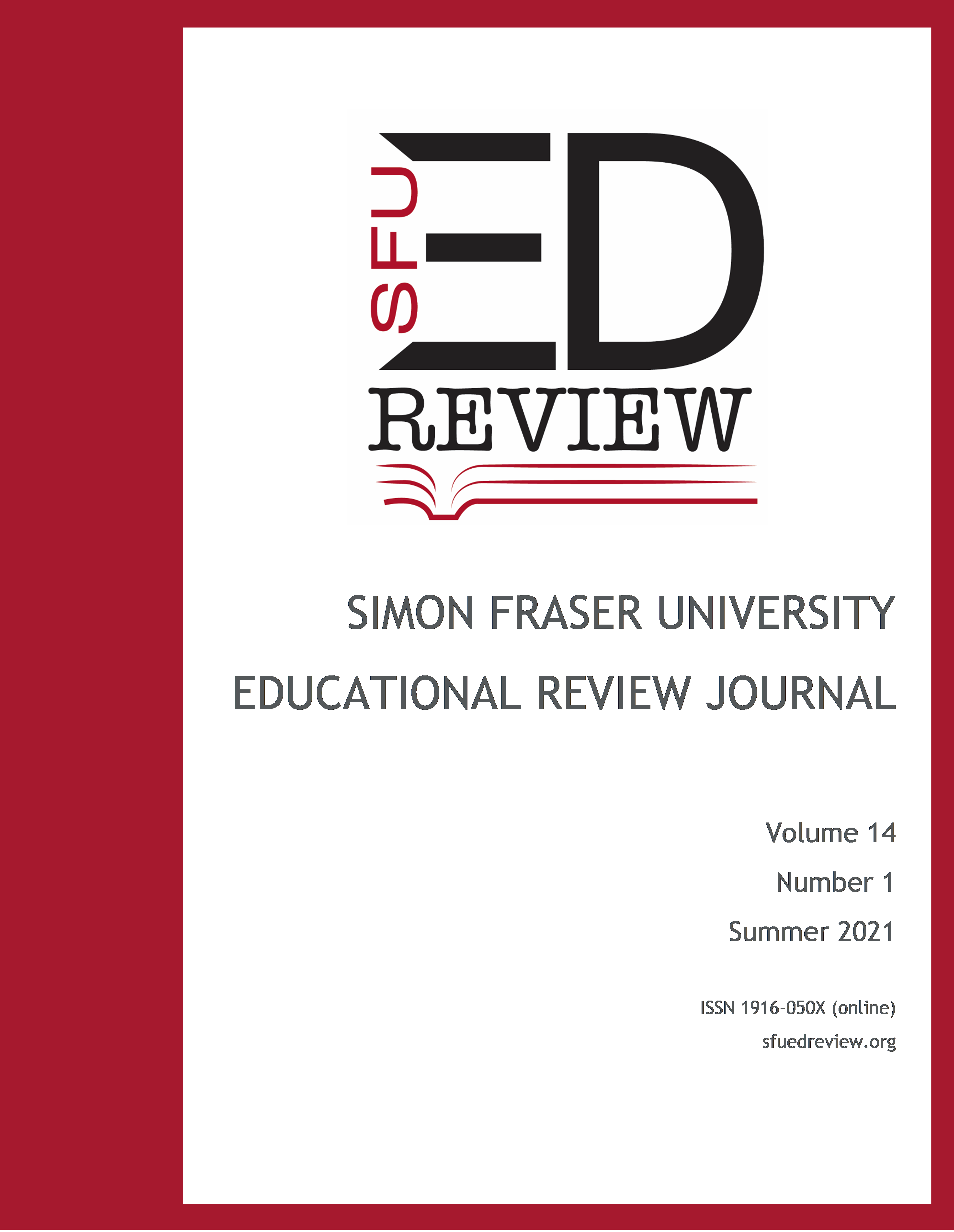Reciprocal Influences in a Duo of Artefacts Identification of Relationships that Serves to Multiplicative Thinking
Main Article Content
Abstract
The combined use of a physical pedagogical artefact and its digital counterpart is described as a duo of artefact. In the literature, duos of artefacts are mostly presented with a certain order: non-digital artefact is followed by the digital counterpart. This study examines the influence of reciprocal use of artefacts in a duo on a 5-year-old child’s identification of multiplicative relationships between the objects. Data is created through the video record of two clinical interviews with the child. The results showed that the reciprocal use of the artefacts enriched the child’s experiences of each artefact and mediated the relationships which were important for multiplicative thinking.
Downloads
Article Details

This work is licensed under a Creative Commons Attribution-NonCommercial 4.0 International License.
The copyright for content in SFU Educational Review is retained by the author(s), with first publication rights granted to the SFU Educational Review. By virtue of the open access policy of SFU Educational Review, content may be used by others with proper attribution (to both the author and SFU Educational Review) for educational and other non-commercial use. No restrictions are placed on reuse of content by the author(s).
All contributors to the SFU Educational Review are required to sign an author contract.

